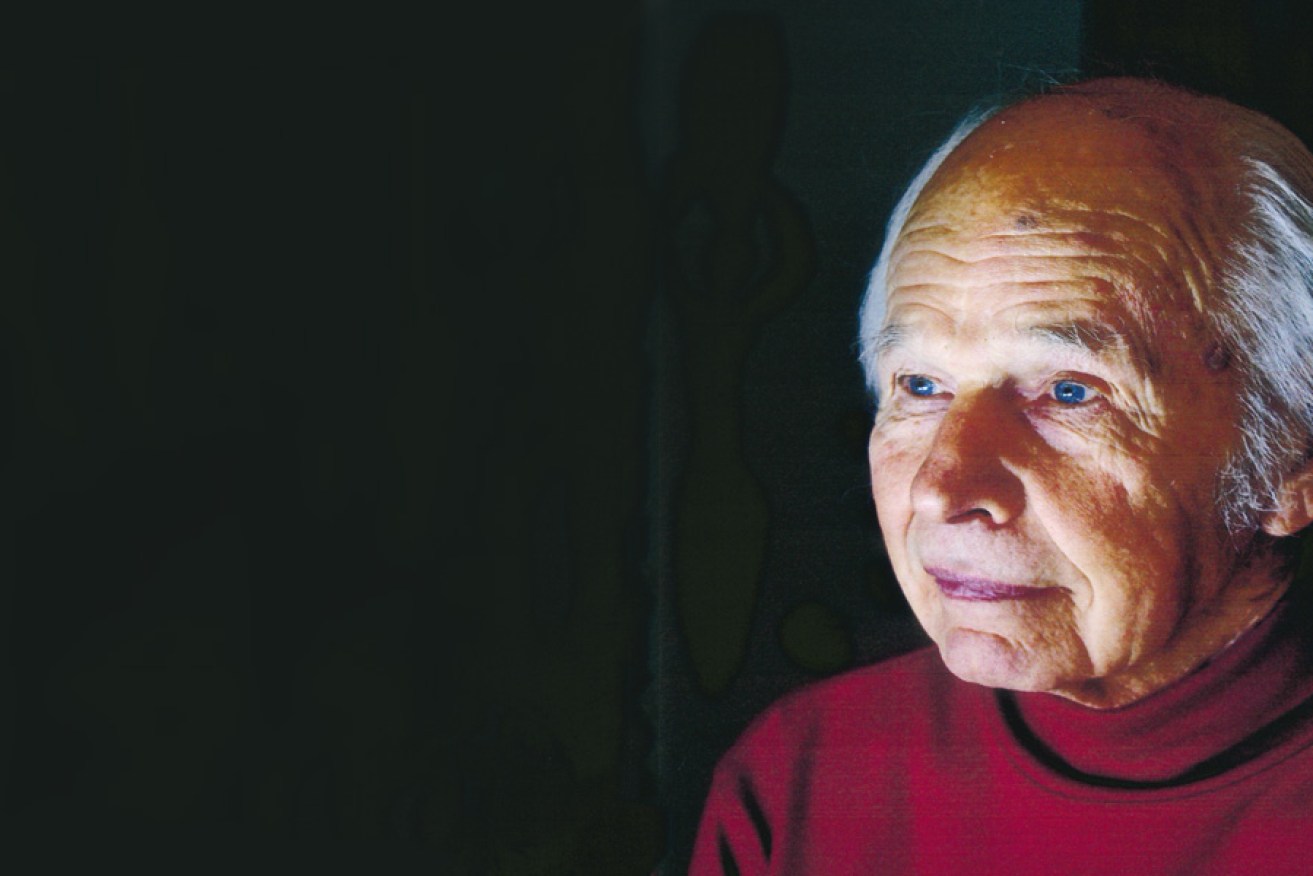Adelaide’s ‘premier architect’ dies, aged 88


Robert "Bob" Dickson was one of Adelaide's foremost architects in the Dunstan era.
The architect of some of Adelaide’s most beloved and iconic structures, Robert “Bob” Dickson, died on Tuesday morning aged 88.
Dickson’s contributions to South Australian architecture are as extraordinary as they are various.
He designed Adelaide University’s Union building, the conservation shelter for the Old Gum Tree in Glenelg and the Arkaba Hotel, and contributed to work on the Art Gallery of South Australia. He was also a lead draftsman for the proposed city of Monarto.
Among many other achievements, Dickson is credited with designing the first townhouses in Adelaide and the home of then Premier Don Dunstan.
“He seemed to exist to be an architect,” said step son-in-law and architect Michael Pilkington.
“His whole being was focused on architecture, so a lot of other things that people follow because they’re not passionate about their profession he just had no time for.”
While his work as an individual is visible across much of the state today, his Dunstan-era architectural partnership with Newell Platten carved out a uniquely Australian modernist style, which is now studied at universities around the world.
“He really lived for architecture, perhaps more than anybody I ever knew,” said Platten.
“He was very good at most things architects do, like handling spaces, and volumes, and materials. But where he really stood out in my opinion was in his capacity for detail. He had a very, very sharp eye for detail.”
Dickson and Platten shared a practical design philosophy which flat-out rejected the idea of architectural ‘style’.
In Dickson’s architectural memoir, Addicted to Architecture, he writes:
We argued that contemporary architecture was not a style but an inevitable development of the technical and social achievements of its period … We were wrong too, because modern architecture did become a style, and very quickly too.
One of the most striking anecdotes of the book describes one Saturday morning in 1973 when Dickson met Don Dunstan:
Dunstan walked in. ‘Ah!’ he said. ‘I’ve been going to ring you. I want to build a new house. As the premier of the premier state, I’d like to use the premier architect.’
During the ambitious and optimistic post-war period in South Australia, the ‘Dickson & Platten style’ forged a doggedly naturalistic approach to design.
It was based on principles that design should respond to the surrounding environment, respect human values, aspire to direct solutions to problems and integrate the parts in the simplest possible form.
“Fundamentally, we didn’t follow the path of international modernism – the international style, as it was called. We rather turned our attention to the more hand-crafted buildings,” Platten said.
“We just went our own way. We didn’t follow what we understood were fashions; we just produced buildings …”
According to award-winning architect and CEO of the Committee for Adelaide, Tim Horton, Dickson’s work contributed to a golden age for South Australian design.
“That was the time when South Australia was absolutely leading the country in housing,” he said.
“It’s a reminder of a time that we did housing very well and we designed for people very well.
“His first principle was ultimately that people need to be at the centre of design. It was a simple philosophy, well-executed across 40, 50 years of practise.
Several of Dickson’s works, including the historic townhouses on Mackinnon Parade in North Adelaide, will be open to the public during History Week next month.




